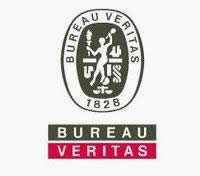Key events in the development of silent movies
25/04/2011
Home cinema started with the development of silent movies. And these were able to be produced after the technology allowed images to be shown quickly in sequence. The main stages in this development were:
Eadweard Muybridge lived in San Francisco and experimented with trying to sequence images using glass plates. He used the large and cumbersome technology to help Stanford in 1877 settle a bet regarding a horse galloping. He used sequencing images to show a horse at full gallop.
George Eastman setup the Kodak company in 1889. This used celluloid film to make sheets of images which were cut into small widths for use with small personal cameras.
Thomas Edison developed the kinetoscope system in the US in 1893 and his earliest sequences of images included people sneezeing and talking.
In France, Auguste Lumiere and Loius Lumiere (often referred to as the Lumiere brothers) developed the cinematographe system and used this to take shot of everyday life in Paris, and then further afield.
In the early 1900’s movies that told a story started to be created for amusement. Famous movies from this time included ‘Trip to the Moon’ by George Melies and ‘The Great Train Robbery’ by Edwin Porter.
The early years were dominated by Edison who tried bringing standards to the industry, with limited success. But the founders of giant brand names such as Twentieth Century fox, Universal and Paramount broke the Edison monopoly and started the rapid development of feature films.
But all was still silent. This was the time of films starring Charlie Chaplin, and the silent movie as an entertainment media reached its peak.


























